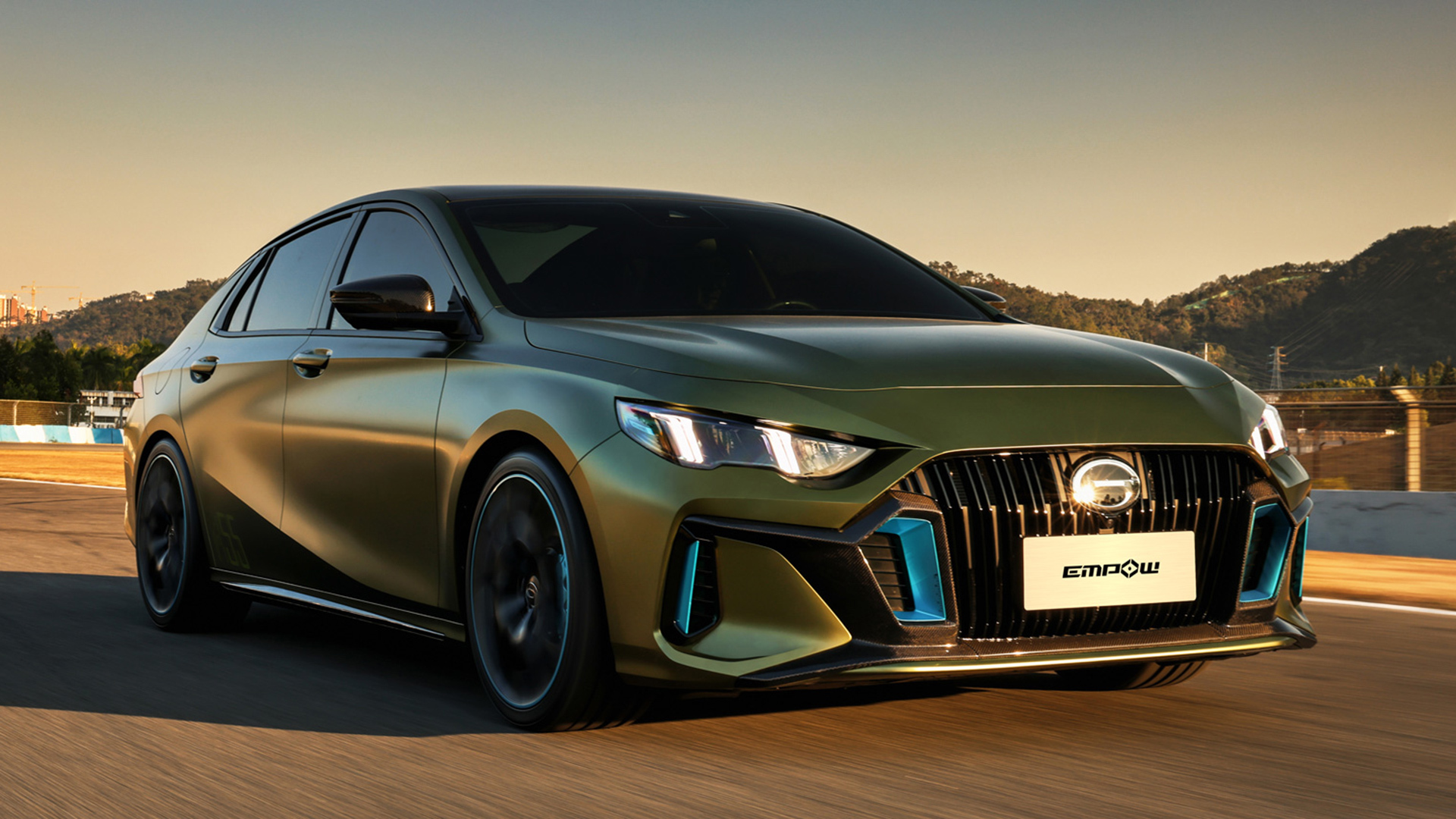I' ve long been fascinated with the idea of "pivoting" cars from oil & fossil fuels to ammonia. In an alternate word: in the 1970's. A time when electric cars weren't ready by a very long shot. Methanol could be an alternative, but screw carbon, and let's go ammonia (even if NOx might be a problem too - "there ain't such thing as a free lunch" as they say). And no, hydrogen ain't the answer... ammonia is vastly easier.
- what would it take to achieve that ? the Army Nuclear Energy Depot ? more severe oil shocks ? earlier global warming recognition ?
- would ammonia synthesis move the "CO2 pollution" from the cars to the fuel production ?
- in that case, can nuclear help ? what would be the best path toward nuclear-ammonia synthesis ?
Just being curious...
- what would it take to achieve that ? the Army Nuclear Energy Depot ? more severe oil shocks ? earlier global warming recognition ?
- would ammonia synthesis move the "CO2 pollution" from the cars to the fuel production ?
- in that case, can nuclear help ? what would be the best path toward nuclear-ammonia synthesis ?
Just being curious...



